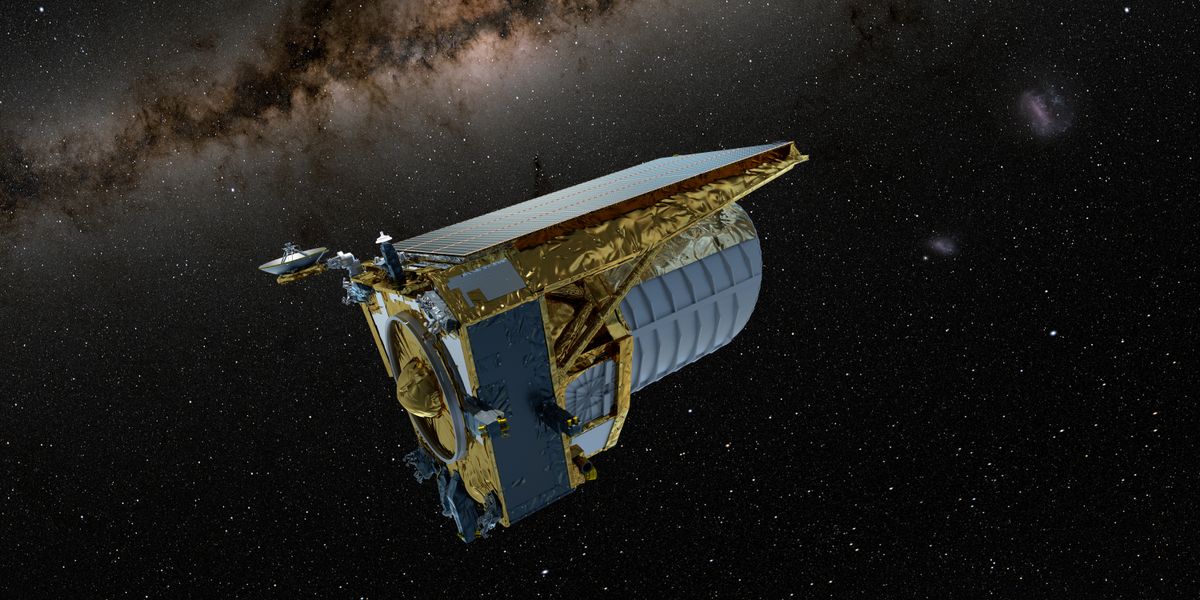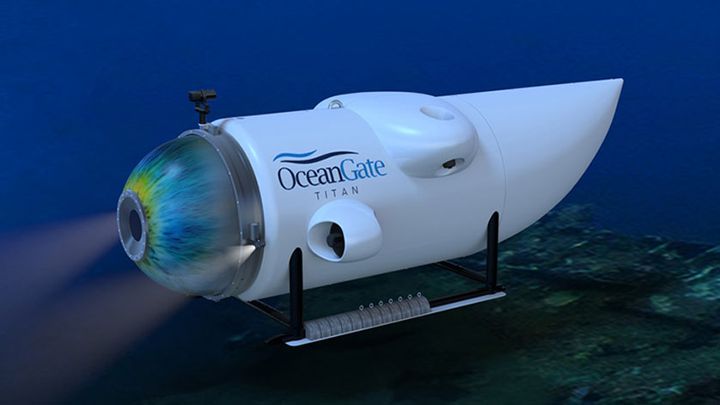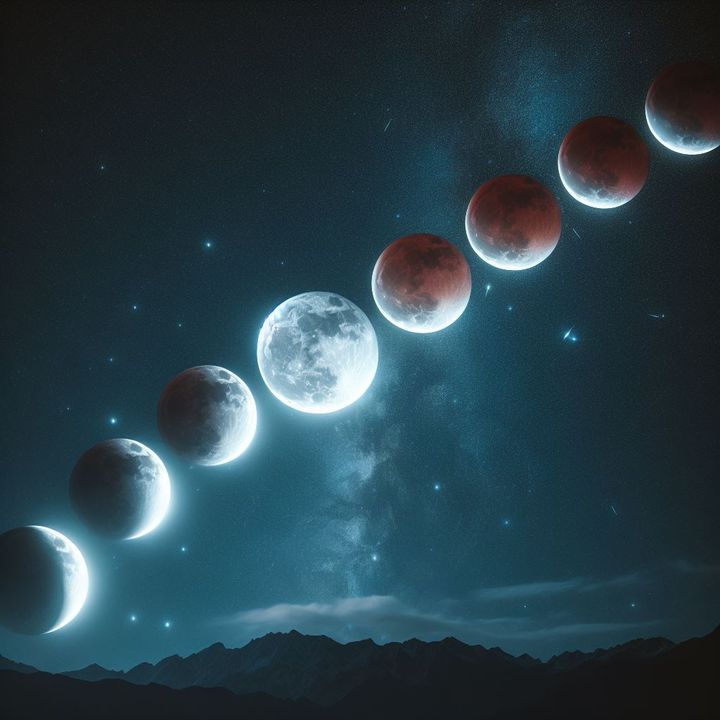Euclid: The Space Telescope That Will Unveil the Dark Universe

A brand-new space telescope was launched on July 1, 2023, from Cape Canaveral, Florida, to illuminate the mysteries of dark energy and matter. The European Space Agency (ESA) is building the Euclid telescope with assistance from NASA and other international partners. Euclid will observe billions of galaxies spanning 10 billion years of cosmic history as it surveys over one-third of the sky. It will then illuminate how the universe developed and grew under the guidance of the invisible forces that make up 95% of its matter.
What are dark energy and dark matter?
In contemporary cosmology, dark energy and matter are two of the most perplexing phenomena. Although their nature and origin are still unknown, they were found by observing their effects on the visible matter in the universe, such as stars and galaxies.
Dark energy is an enigmatic energy that permeates all of space and speeds up the universe's expansion. Measurements of the brightness of distant supernovae, which appeared fainter than anticipated and suggested that they were farther away than the standard model of cosmology predicted, made its initial discovery in 1998 possible. About 70% of the universe's total energy density comprises dark energy.
A hypothetical type known as "dark matter" only interacts with gravity and does not interact with light or any other electromagnetic radiation. Studying the motions of galaxies in clusters revealed that they were moving more quickly than anticipated, which suggests that an invisible mass was holding them together. It was first inferred in 1933 by studying the motions of galaxies in clusters, which showed that they were moving faster than expected, implying that an unseen mass held them together. Dark matter accounts for about 25% of the total mass-energy density of the universe.
While ordinary matter, made up of atoms, only makes up about 5% of the universe, dark energy and dark matter control its dynamics and structure. One of Euclid's main objectives is to comprehend what dark energy and dark matter are and how they impact the evolution of the cosmos.
How will Euclid investigate the unexplored universe?
Weak gravitational lensing and galaxy clustering are complementary techniques Euclid will employ to investigate the nature of dark energy and matter.
A phenomenon known as weak gravitational lensing occurs when the gravitational pull of intervening masses, such as galaxy clusters or clumps of dark matter, bends light from distant galaxies. Euclid will map the distribution and evolution of dark matter over broad scales and test how gravity behaves at cosmic distances by measuring the shapes and orientations of millions of galaxies.
Galaxy clustering is a phenomenon where galaxies tend to form patterns or structures that reflect their shared origin and history rather than being distributed randomly in space. Euclid will be able to determine the effects of dark energy by measuring the positions and distances of billions of galaxies to chart the evolution and expansion of these structures over time.
Combining these two techniques will enable Euclid to measure dark energy's equation of state, or the ratio of its pressure to its density, with previously unheard-of accuracy. The parameter w determines how dark energy behaves and evolves. Einstein's cosmological constant, energy density that permeates all space, is consistent with dark energy if w equals -1. If w is not equal to -1, dark energy is dynamic and may change over time or space. With an accuracy of 1% or better, Euclid will measure w, which may reveal new physics outside of general relativity.
What are some of Euclid's opportunities and challenges?
The mission of Euclid is ambitious and complex, and it faces both opportunities and obstacles as it works to reveal the dark universe.
- Ensuring that Euclid's instruments are calibrated and function properly in space is a challenge. The scientific equipment aboard Euclid includes a 1.2-meter optical telescope, a visible imager (VIS), and a near-infrared spectrometer and photometer (NISP). Together, these instruments must gather high-quality data from distant, faint sources at various wavelengths. Euclid has undergone extensive testing to achieve this and will go through additional calibration and verification in orbit.
- Processing and analyzing the vast amount of data that Euclid will generate is another difficult task. During its six-year mission, Euclid will produce roughly 10 petabytes (1015 bytes) of raw data or roughly 2,000 high-definition movies per day. Two European data centers will store this data before transmitting it to Earth via the ESA's deep space network. The scientific data will be extracted from the data using sophisticated algorithms and simulations by a team of over 2,000 scientists from 13 European nations as well as the US, Canada, and Japan.
- Making findings and discoveries Euclid known to the scientific community and the general public is a third challenge. Our understanding of the dark universe and its implications for fundamental physics is expected to advance thanks to Euclid's expected production of hundreds of scientific papers and catalogues. To disseminate its findings and encourage future generations of astronomers and explorers, Euclid will also take part in outreach and educational activities.
A significant development in the study of the dark universe is Euclid. It will offer fresh perspectives on the universe's creation, development, and future. It might even make us aware of previously unrecognized features of nature. René Laureijs, the project scientist for Euclid, stated, "Euclid is more than a space telescope. It's really a dark energy detector."



